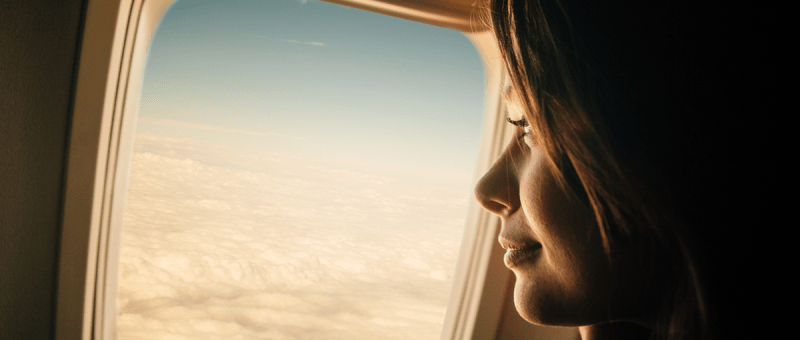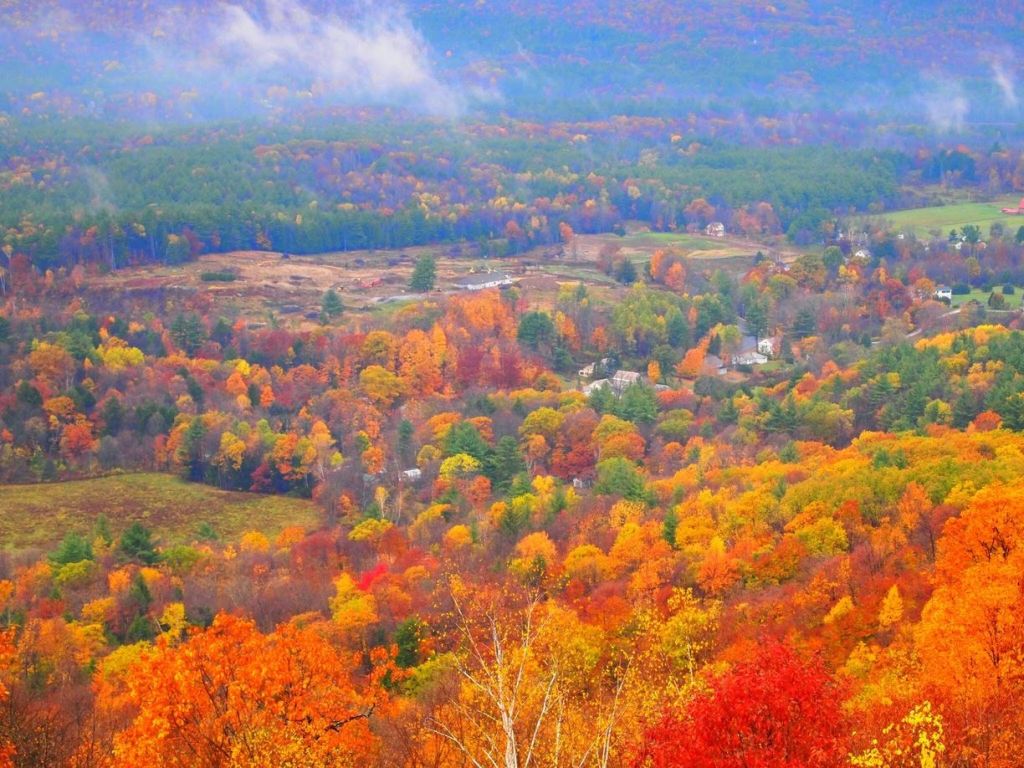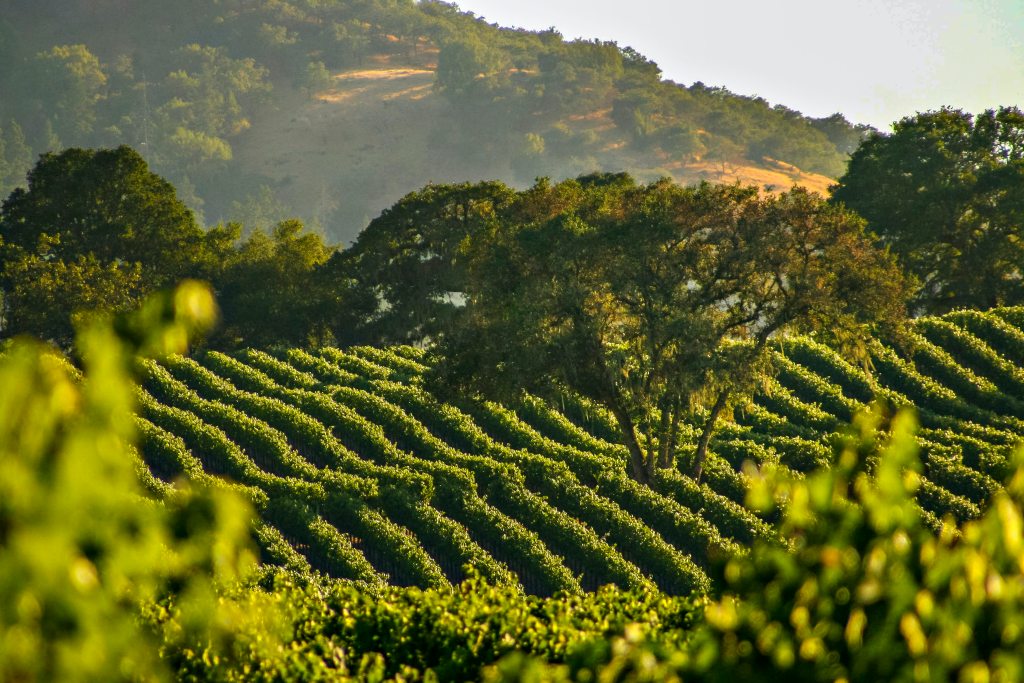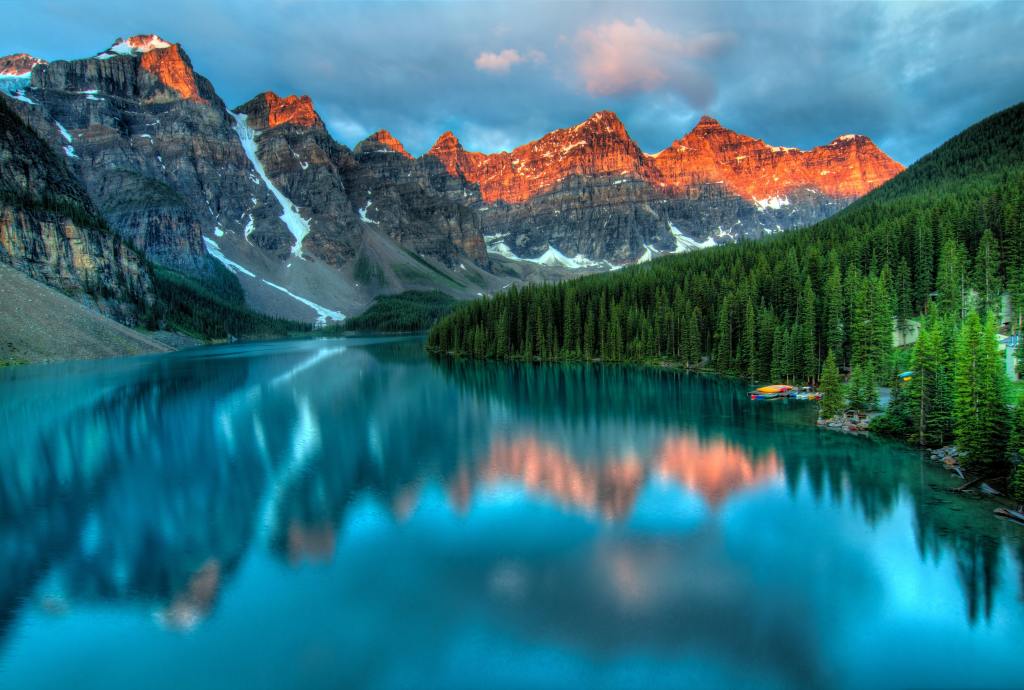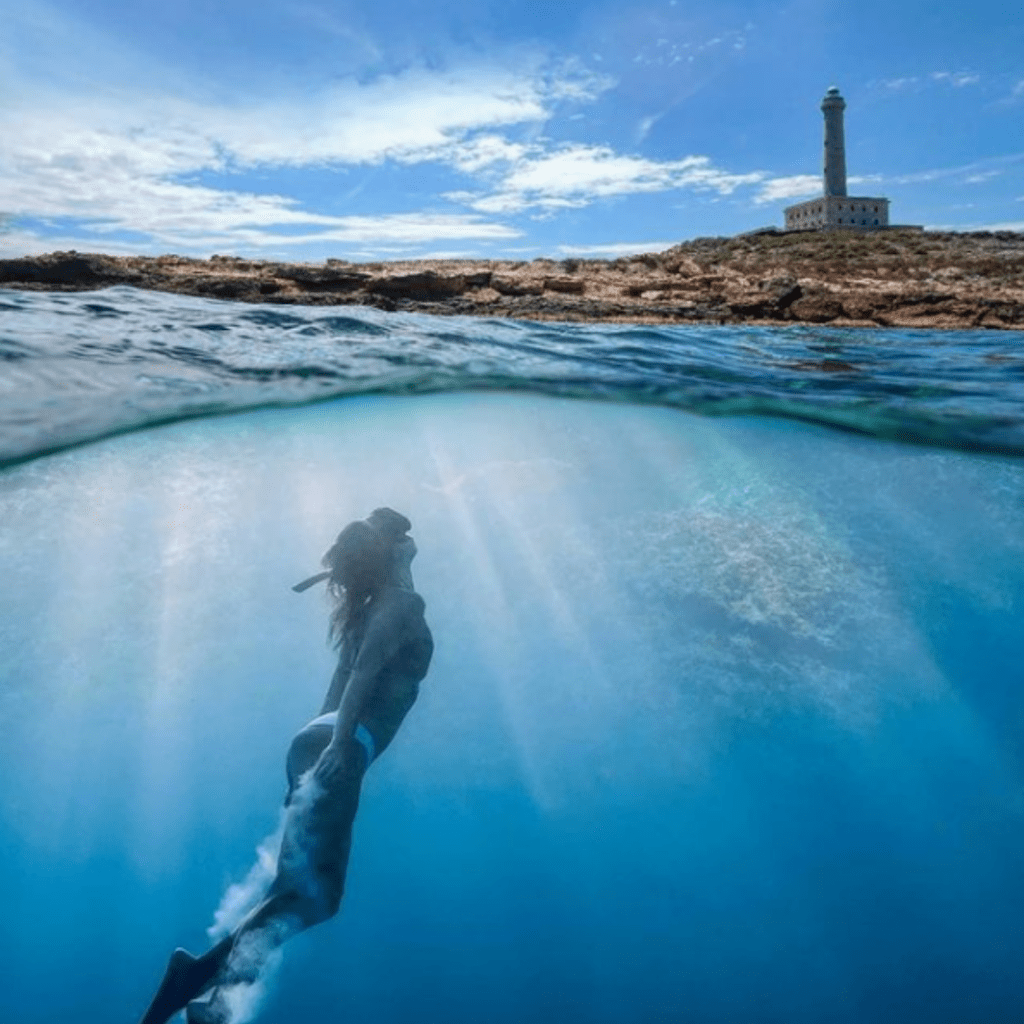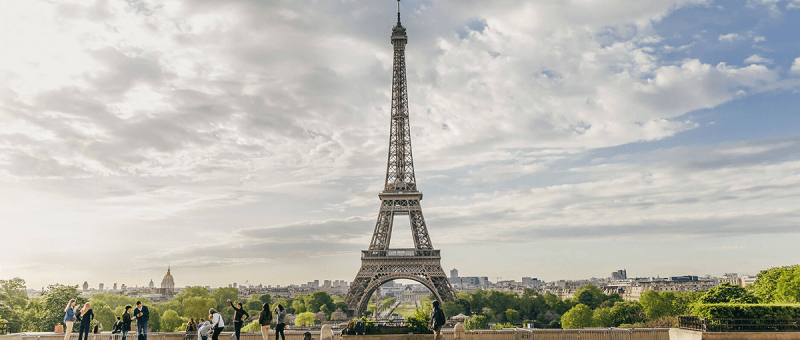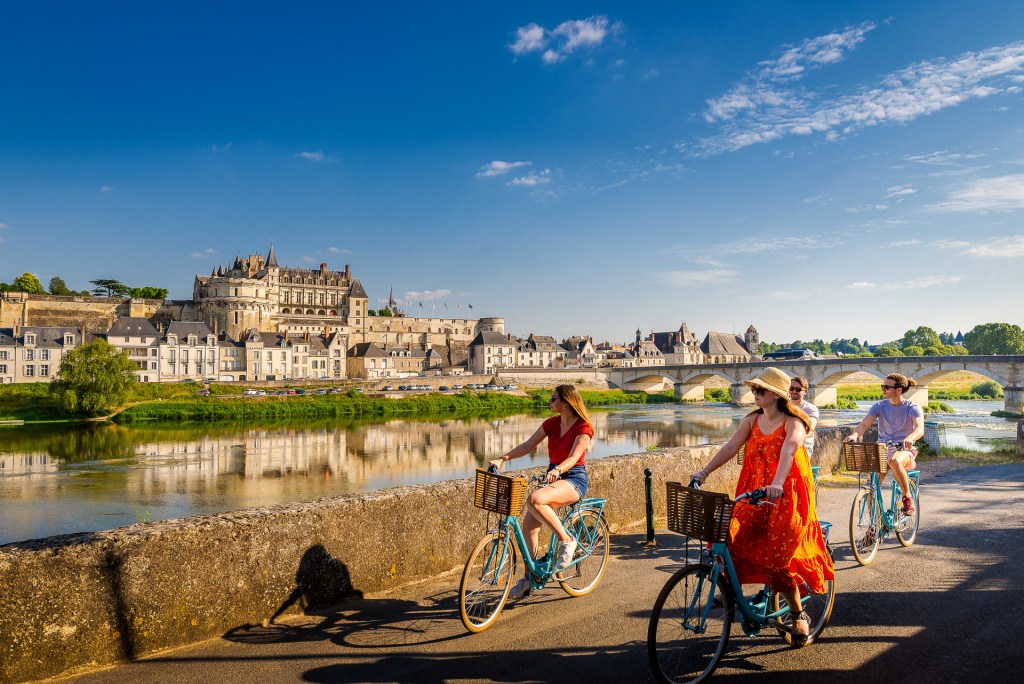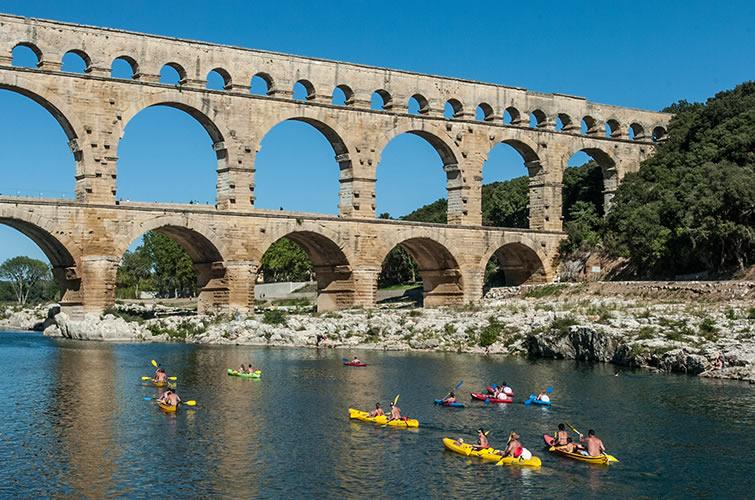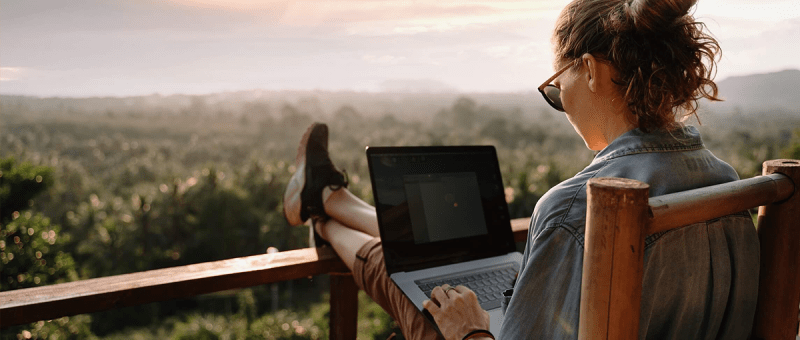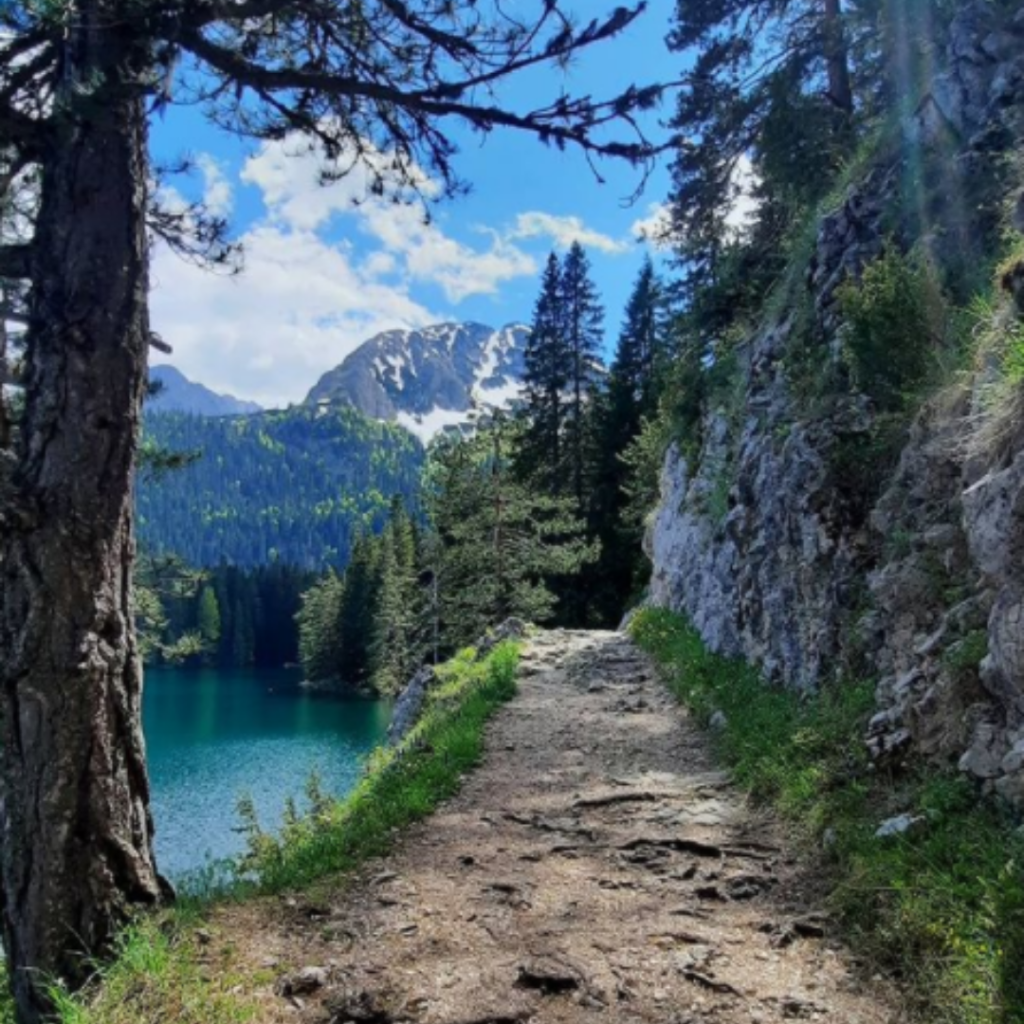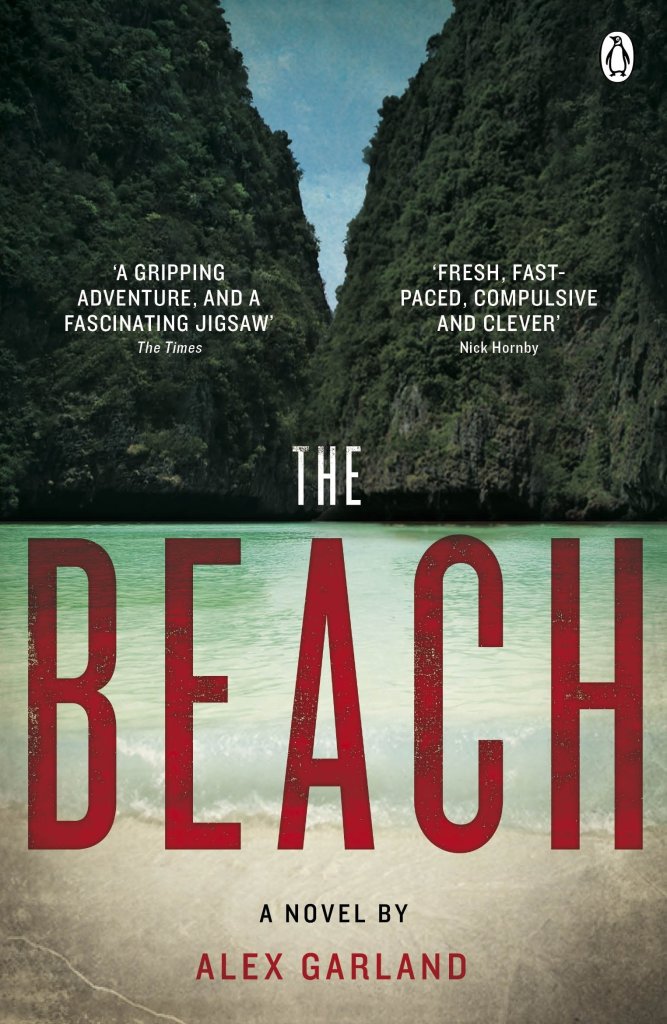Foreign tourists won’t be welcomed back to Australia until at least next year, the prime minister said Tuesday as he outlined plans for lifting some of the toughest and longest COVID-19 travel restrictions. In the meantime we continue dreaming of Australia.
Located between the Pacific and Indian Oceans, Australia is the world’s largest island and its smallest continent. There’s a well-known vibrancy in its natural beauty, but don’t forget to seek out its history and culture as well. There’s plenty here to inspire your future travel plans so, go on, take a look around and let yourself dream of all the possibilities.
CITIES

CAIRNS
Temperature: 31°C high; 24°C low
Season: April to September
Flight time from UK: 20h 25 m from London
For its tropical climate, easy-going ambiance and close proximity to the Great Barrier Reef, Cairns is one of Australia’s most popular vacation destinations. Located on the northwest corner of Australia, Cairns is a provincial but stylish city with a population of around 150,000 people.
The city is bordered by mountains and the Coral Sea and is surrounded by sugar cane plantations and rainforest. There are enough good bars, restaurants and shopping options to keep visitors entertained before they head off into the stunning nature nearby.
Instead of a beach, Cairns features a saltwater lagoon in the center of the city. The Cairns Esplanade along the shore is lined with trendy cafés, bars and boutiques. Numerous beaches are located just to the north of the city and are easily accessible by bus or car. The City Botanic Gardens features plants used by Aboriginal people. Opposite the gardens, a boardwalk leads visitors through the rainforest to the Centenary Lakes, a habitat for crocodiles.
Opportunities for adventure sports abound in Cairns and range from snorkeling and scuba diving in the Great Barrier Reef to skydiving and whitewater rafting. The Daintree Rainforest to the north of Cairns is considered the world’s oldest tropical rainforest, and a hike along an aerial walkway over the forest is an experience that many visitors won’t want to miss.
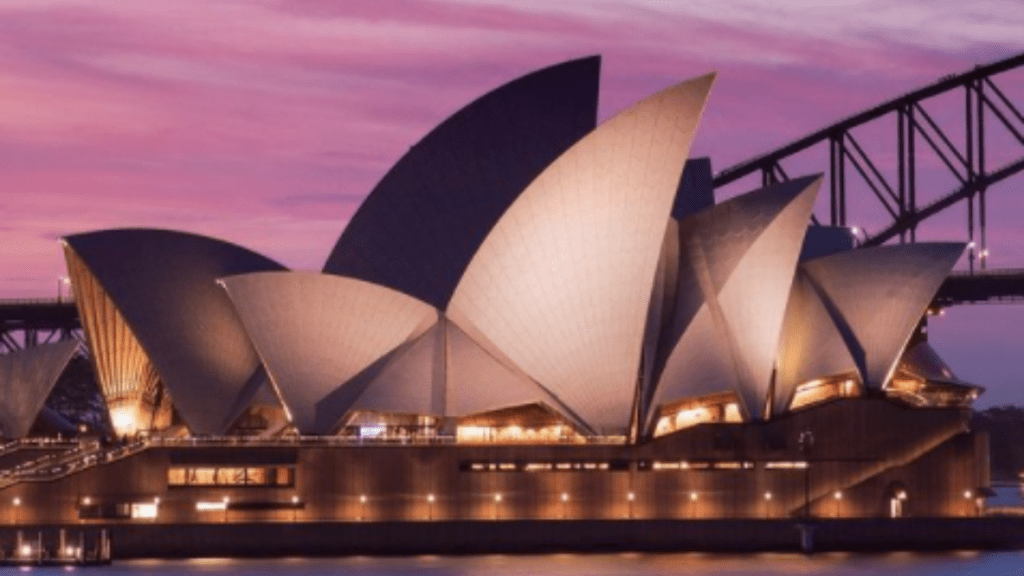
SYDNEY
Temperature: 27°C high; 17°C low
Season: September through November and from March to May
Flight time from UK: 25h 9m from London
A modern city with a long history, Sydney is defined by its scenic harbor. The region’s first inhabitants lived along the harbor’s bank for thousands of years. The harbor was also the landing site for convicts sent to Australia during the 1780s. Today, ferries take visitors for cruises under the famed Sydney Harbor Bridge and past the iconic Sydney Opera House.
Adventurous travelers can take a ferry to Manly Wharf where they can rent kayaks to paddle the inlets of Sydney Harbor National Park or sign up for surf classes at Manly Beach. The Federation Cliff Walk is a 5-km (3-mile) long walkway that starts at the Raleigh Reserve Park, providing spectacular views of the sea, harbor and the Macquarie Lighthouse, Australia’s first and longest operating lighthouse.
Sydney’s beaches are the perfect place to spend a warm summer day, to swim or just relax on the sands. The most popular are Bondi Beach, Manly and Coogee, although many others have their own charms.
No visit to Sydney is complete without a tour of the Sydney Opera House. Designed by Danish architect Jørn Utzon and completed in 1973, the sailing ship-inspired performing arts complex is considered one of the world’s most distinctive architectural structures.
For adventurous visitors to Sydney, a heart-thumping climb on the harbor bridge is a must-do activity. For others, shopping at the historic Queen Victoria Building, hitting the clubs and restaurants the in Rocks district and visiting the world-class Taronga Zoo are can’t-miss activities. Visitors can count on cosmopolitan Sydney to accommodate every taste.

MELBOURNE
Temperature: 25°C high; 14°C low
Season: September to November and March to May
Flight time from UK: 21h 15m from London
The capital of the state of Victoria, Melbourne is Australia’s second most populated city. Located near the southeastern tip of Australia on the large natural bay of Port Phillip, Melbourne is considered the nation’s cultural capital as well as an important port. Due to its high quality of life, citizens from around the world have flocked to the streets. Its multicultural population is reflected in the delicious cuisine and the unique neighborhoods that make it such a fascinating place to explore.
Melbourne’s City Center district boasts the most attractions, including the city’s most recognizable landmark, the Flinders Street Railway Station. The multiple clocks hanging over the Edwardian Era station’s entrance is a popular meeting spot. The skyscraper Eureka Tower features an 88th-floor observation platform, the highest in the southern hemisphere. Visitors can step out onto a glass-enclosed compartment for panoramic views of the bay and the green Dandenong mountain range beyond.
In the Carlton district, visitors can explore the southern hemisphere’s largest museum. The Melbourne Museum showcases the nation’s rich social history, from its indigenous cultures to its fascination with football and horse racing, and has extensive exhibits illustrating Australia’s natural history as well.
Visitors looking for outdoor activities can enjoy the city’s parklands, many of which are shaded by large, mature trees. For swimming and sunbathing, Melbourne’s bayside beaches are ideal. For a retro feel, Brighton Beach features colorful bathing huts. St. Kilda Beach is one of the most popular beaches, both for its swimming and for the clubs and restaurants that line the shore. From dawn to dusk, visitors to Melbourne will never run out of exciting things to see and do.
ISLANDS

KANGAROO ISLAND
Temperature: 24°C high; 10°C low
Season: spring season between September and November
Getting to Kangaroo Island: Kangaroo Island is easily accessible from Adelaide, South Australia’s capital. By air it’s just a 25-minute flight, by scenic coach and ferry transfers, it is around 2.5 hours.
The third-largest island in the country, Kangaroo Island lies just off the coast of South Australia. One of the most popular tourist destinations in the state, its delightfully untouched landscapes are home to incredible scenery and an abundance of wildlife.
Everything from huge dunes and towering cliffs to large caves and remarkable rock formations can be found in its numerous nature reserves. These are home to echidnas, koalas, and kangaroos, while penguins, sea lions and dolphins can be spotted offshore. Its diverse landscapes lend themselves perfectly to all kinds of outdoor activities, with hiking, sandboarding and scuba diving popular.
Besides its ample natural riches, wildlife, and recreation opportunities, Kangaroo Island also boasts lots of delicious local produce and fine wines for visitors to try. These can be sampled at any one of its four main towns or at the small farms and wineries that dot the island.

TASMANIA
Temperature: the average maximum daily summer temperatures are between 17°C and 23°C and winter daily temperatures sit between 3°C and 11°C.
Season: between December and February
Getting to Tasmania: As Australia’s only island state, access to Tasmania is by air and sea only. Regular flights depart from Melbourne, Sydney and Brisbane and fly direct to Hobart and Launceston.
The island state of Tasmania may be isolated from the rest of the country but it still remains one of the best places to visit in Australia; almost half of its area is protected as the government looks to preserve the natural riches.
With desolate wilderness and alpine plateaus interspersed with stunning white beaches, waterfalls, and forests, exploring its terrain is simply mesmerizing. Taking a boat trip along its craggy coast is equally rewarding and you can even see dolphins, penguins, and seals along the way.
With lots of great local produce, eating and drinking in the capital city of Hobart is an absolute pleasure and the restaurants and bars are divine. The island also hosts an eclectic range of great festivals throughout the year, where you can enjoy local beer and wine or arts and music events.
BEACHES

COTTESLOE BEACH
While many of Western Australia’s most impressive beaches lie in remote locations, you’ll find one of the state’s best beach attractions just a 30-minute drive from Perth. A favourite for both locals and visitors, Cottesloe Beach is divided into three sections. The main area of Cottesloe Beach is perfect for swimming and walking, while North Cottesloe Beach is home to Peter’s Pool – a great spot for snorkelling. South Cottesloe doesn’t have any sand for sunbathers, but it does have amazing waves for local surfers.

MINDIL BEACH
Near the Northern Territory town of Darwin is Mindil Beach. Although swimming isn’t recommended, the beach is still well worth a visit because of the festivities that happen along its shores during the dry season. At the Mindil Beach Sunset Markets, you’ll find food from all over the world as well as an incredible view of the town’s famous sunsets. If you need to cool off, visit Darwin’s Waterfront Precinct. Located just a five-minute walk from the city centre, you’ll find a man-made lagoon for children, a popular wave pool, a saltwater beach and several great eateries.

HENLEY BEACH
As the coastal capital of South Australia, Adelaide is home to several metropolitan beaches. Henley Beach, home to white sand and gentle surf, is popular among locals and visitors. Walk along the jetty out to sea, or stop by one of the many bars and restaurants along the shore to taste local wine and beer.
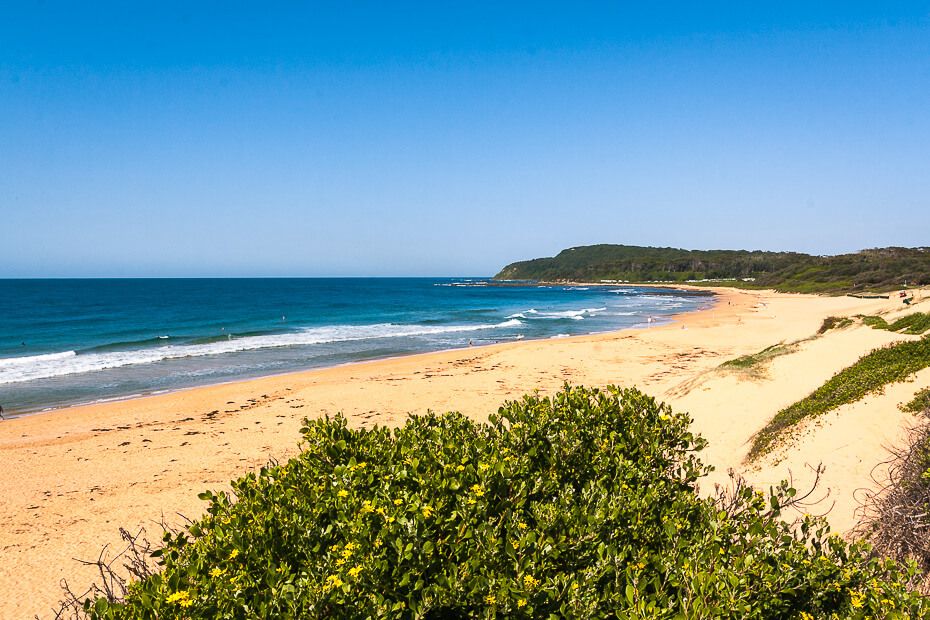
SHELLY BEACH
Thousands of people soak up Sydeny’s beaches every year, but there’s more to explore than the big name beaches of Manly and Bondi. Manly Beach’s lesser-known neighbour, Shelly Beach, is not only great for surfing but also snorkelling and scuba diving. The shallow marine reserve offers sheltered water perfect for families as well. After your swim, take the easy track up the headland for scenic views out to the ocean. Alternatively, grab a bite to eat at The Boathouse Shelly Beach, one of the area’s buzzy cafes.
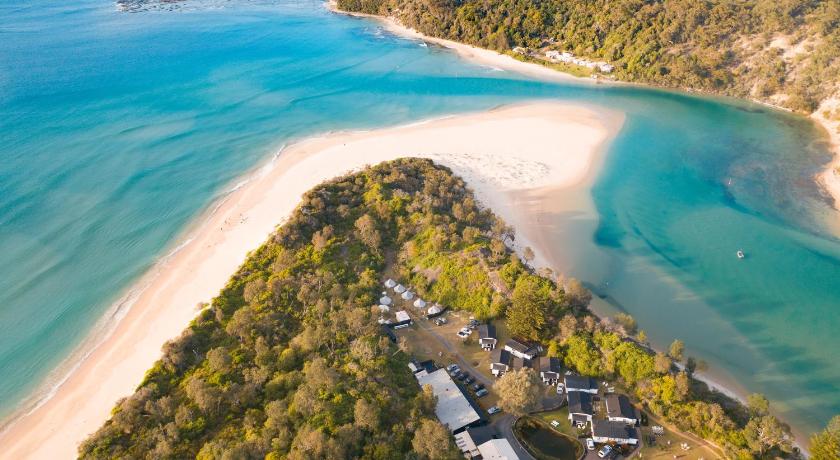
JERVIS BAY
Because the Australian Capital Territory (ACT) is landlocked, it doesn’t have any ocean beaches. However, you don’t have to go far to find a stretch of sand by the sea. Head to the Jervis Bay region of the South Coast, located in New South Wales about 2.5 hours from Canberra, for countless beautiful beaches. One of these is Pretty Beach. With glassy water and lush greenery, its name is well-deserved. You may even spot friendly kangaroos sharing the sand.
Sources: Visit Australia, TourOpia, Lonely Planet
Get up-to-date COVID-19 travel guidance in CheckMyTrip
Now in CheckMyTrip, you can check the COVID-19 travel restrictions for your origin and destination as part of your travel itinerary or directly in the app, in case you don’t have a trip planned yet.
Lern more about the COVID-19 travel guidance here






